We can help you with your challenging plastic injection molding projects. Our extensive experience with various tooling concepts from lower cost 1 cavity prototype molds to higher cavitation automatic molding allows us to select the right production method for your project.
Our dedication to innovation and excellence is evident in our precision prototype solutions within our plastic injection molding services. These solutions facilitate rapid turnaround, contribute to cost reduction in product development, and ensure the verification of component design and performance. Upholding stringent quality standards and a commitment to continuous improvement are integral aspects of our approach.
What is Plastic Injection Molding?
Plastic injection molding is a versatile manufacturing process that involves injecting molten plastic material into a mold cavity under high pressure. This method allows for producing intricate shapes and complex parts with consistent quality and precision. Ideal for mass production, plastic injection molding is widely used across industries such as healthcare, electronics, and consumer goods. It offers benefits like efficiency in material usage, rapid production cycles, and the ability to create detailed designs that meet specific performance requirements.
Plastic Injection Molding Capabilities
| Capability | Description |
|---|---|
| Materials | Ability to mold various types of plastics (e.g., ABS, PC, PP, PE, Nylon) |
| Part Size | Range from small, intricate parts to large components |
| Tolerance | High precision, with tolerances typically within +/- 0.005 inches |
| Complexity | Capability to mold complex geometries and features |
| Production Volume | Suitable for both low-volume and medium-volume production |
| Surface Finish | Options for different surface finishes (e.g., smooth, textured, matte) |
| Tooling | Utilization of multi-cavity molds for efficient production |
| Insert Molding | Integration of metal or other components into the molded part |
| Overmolding | Ability to mold one material over another (e.g., plastic over metal) |
| Quality Control | Implementation of rigorous quality checks and inspections |
| Cost Efficiency | Cost-effective for larger scale production due to minimal material waste |
Plastic Injection Molding Design Guidelines
1. Wall Thickness
- Consistency: Keep wall thickness uniform to prevent warping and ensure even cooling.
- Recommended Range: Typically between 1.2mm and 3mm, depending on the material.
2. Draft Angles
- Purpose: Facilitate easy removal of the part from the mold.
- Recommended Angle: 1° to 2° per side, more for textured surfaces.
3. Ribs and Bosses
- Ribs: Add strength without increasing wall thickness; it should be 50-60% of the wall thickness.
- Bosses: Use for mounting and assembly features; it should be supported with ribs.
4. Corners and Fillets
- Corners: Avoid sharp corners to reduce stress concentrations.
- Fillets: Use radii at inside corners (recommended radius is 0.5-1.5 times the wall thickness).
5. Undercuts
- Avoidance: Minimize undercuts to reduce mold complexity and cost.
- Design Alternatives: Use side actions or lifters if undercuts are necessary.
6. Parting Lines
- Placement: Place parting lines in less visible areas to improve aesthetics and function.
- Consideration: Design with mold separation in mind to avoid flash.
7. Gate Design
- Types: Use appropriate gate types (e.g., edge gate, pin point gate) based on part design and material.
- Placement: Position gates to ensure uniform flow and minimize weld lines.
8. Venting
- Purpose: Allow air to escape to prevent trapped air and voids.
- Implementation: Include vents at the end of flow paths and in areas prone to air entrapment.
9. Tolerances
- Realistic Tolerances: Set achievable tolerances based on material shrinkage and mold accuracy.
- Critical Dimensions: Identify and control critical dimensions tightly.
10. Textures and Finishes
- Consistency: Ensure consistent surface finishes to avoid defects.
- Mold Considerations: Design molds to accommodate the desired texture.
Advantages of Plastic Injection Molding Compared to Other Methods
| Criterion | Plastic Injection Molding | Alternative Methods |
|---|---|---|
| Production Speed | High-speed production, ideal for large volumes | Often slower, particularly for complex parts |
| Design Complexity | Capable of producing complex and intricate designs | Limited complexity, especially with traditional methods like machining or thermoforming |
| Material Efficiency | Minimal waste and the ability to recycle excess material | Higher material waste, less efficient recycling options |
| Consistency | High consistency and repeatability across large runs | More variability in parts, especially with manual processes |
| Cost-Effectiveness | Economical for high-volume production due to low per-unit costs | Generally higher costs per unit, especially for smaller volumes |
| Customization | Easy to change molds for new designs, a wide range of materials and finishes | Limited customization without significant retooling or new processes |
Diverse Clients Trust I.F. Associates
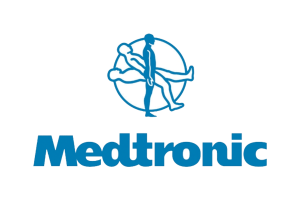
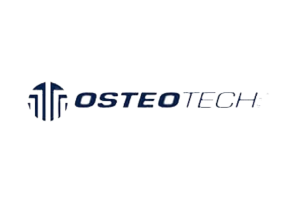
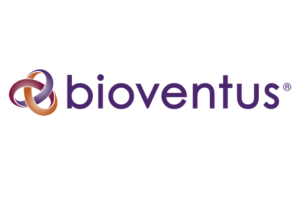

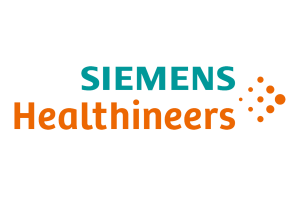
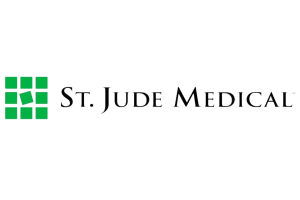
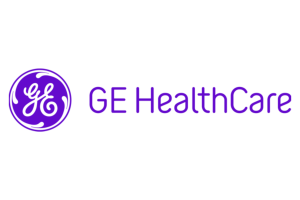

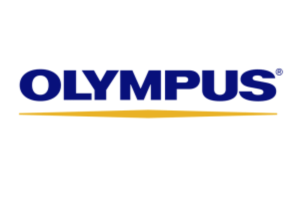
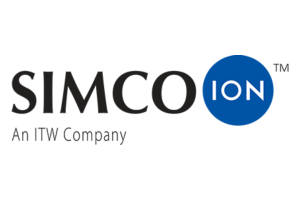

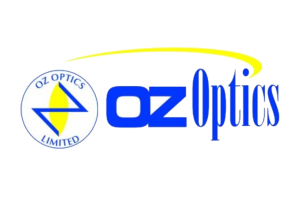
Have a Project In Mind?
